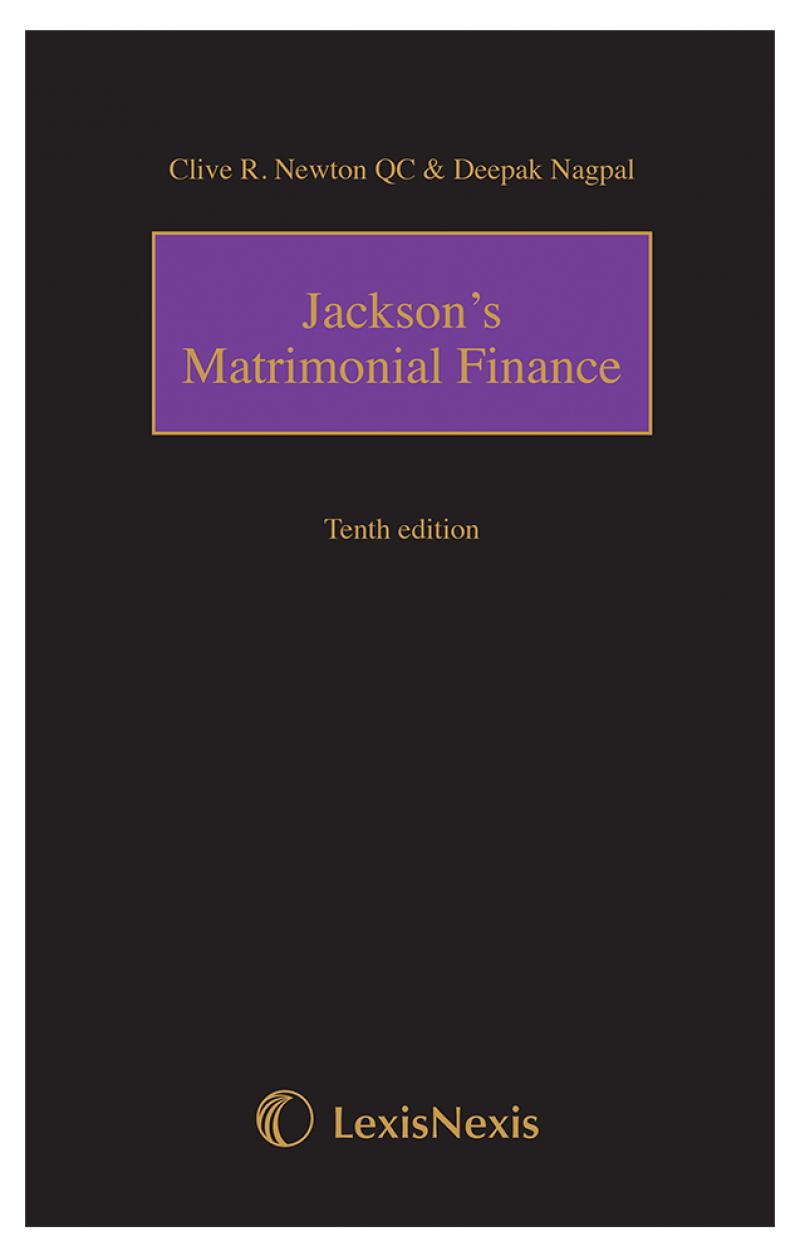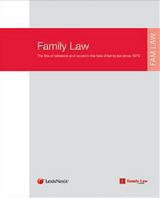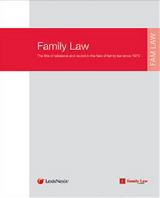- News & Comment
-
Online Shop
Online Services
Looseleafs
Law Reports
Books and eBooks
-
CPD & Events
Webinars
Events
- Authors
- About Family Law
- Contact












 12 NOV 2024
12 NOV 2024

 12 NOV 2024
12 NOV 2024

 12 NOV 2024
12 NOV 2024

 12 NOV 2024
12 NOV 2024

 12 NOV 2024
12 NOV 2024







The Hague Conference on Private International Law has just published its long-awaited guide to good practice on mediation in child abduction work. It will form a benchmark for national mediation in child abduction cases and a crucial step in good practice in mediation in international family work. It is essential reading for anyone undertaking international children work and for mediators dealing with any international cases.
It can be found at http://www.hcch.net/upload/guide28mediation_en.pdf.
It is 105 pages long. It builds on previous guidance and indeed is the fifth such guide however a massive amount has changed in both child abduction and in mediation since the previous guidance. The 1980 Hague Convention itself recognises that central authorities should take all appropriate steps to secure the voluntary return of the child or bring about an amicable resolution of the issues, Article 7. But much has changed in the last 30 years and these days Hague Family Conventions explicitly mention the use of mediation and other ADR. This guide to good mediation practice is part of that movement.
It also recognises other movement in ADR such as the recent EU Mediation Directive (2008/52), in force last year.
The guide to good practice recognises the specific challenges of mediation of child abduction cases including in the fast timetable anticipated in both The Hague Convention and the Brussels Regulation and the other elements of running mediation in parallel with on-going litigation. Perhaps more than any other area of international mediation, the parties are likely to be geographically apart. They are language, cultural, ethnic, religious and other differences often arising. There has to be an understanding not only of child abduction and wider family law issues but also immigration and with the spectre of criminal law always potentially present
The guide to good practice specifically encourages specialised training for mediation in international child abduction cases. My colleague, Denise Carter, one of the UK representatives on the writing of the guide to good mediation practice, has recently set up this specialist training building on experience in many jurisdictions around the world.
Generally in international children work and again specifically in child abduction matters, it is fundamental to hear the voice of the child. This continues into mediation. Child abduction mediation invariably needs mediators specifically trained and qualified in child inclusive mediation models. The element of domestic violence has to be carefully considered: one common reason given by the abducting parent is fleeing from domestic violence from the other parent. This has to be screened carefully. Yet whereas in domestic mediations it might be a reason not to have the mediation of talk, for the child abduction mediator this is often not an option and instead very careful screening and protections have to be put in place before, during and after the mediation and mediation outcomes.
One of the experiences of the child abduction mediation pilot project in England over the past few years has been that agreements have been reached about all issues of parenting and not just the narrow discreet issue of the child abduction itself. This is beneficial for the entire family including the child. It is one of the central driving features for there to be much more mediation in child abduction work.
The guide is very comprehensive and essential reading. Everyone involved is to be hugely congratulated for their contribution both to child abduction work and to ADR in international cases.
It does however raise a much bigger issue. Outside of child abduction, there are very many international cases including forum disputes which are very expensive on costs, polarising of the parties, taking a very long time and in certain ways very contrary to the settlement orientated approach of family law in many jurisdictions. There must be more mediation. But there are real hurdles and obstacles, particularly the first to issue principle in EU legislation.
It is to be hoped that this initiative from the Hague will now cause renewed efforts to find international standards, quality guidelines, cross-border mechanisms and similar for the creation of international family law mediation.
David Hodson is a Partner at The International Family Law Group LLP. He acts in complex family law cases, often with an international element.
He is an English specialist accredited solicitor, mediator, family arbitrator, Deputy District Judge at the Principal Registry of the Family Division, High Court, London and also an Australian qualified solicitor, barrister and mediator. He is a Fellow of the International Academy of Matrimonial Lawyers and chair of the Family Law Review Group of the Centre for Social Justice.
David is the author of a new major reference work, The International Family Law Practice as well as A Practical Guide to International Family Law (Jordan Publishing, 2008). He can be contacted on dh@davidhodson.com.
The views expressed by contributing authors are not necessarily those of Family Law or Jordan Publishing and should not be considered as legal advice.




Leave a commentOrder by
Newest on top Oldest on top